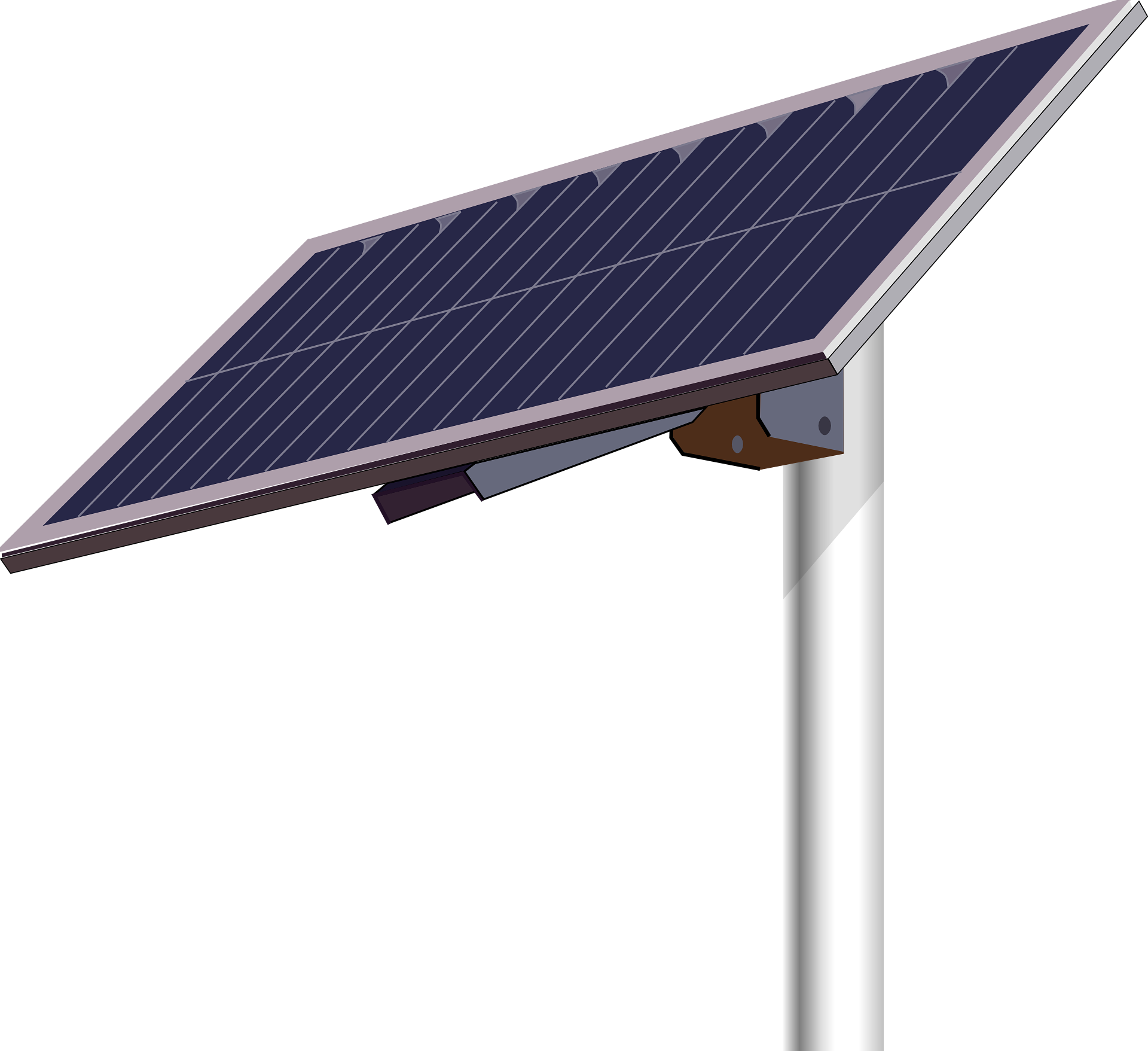In the face of accelerating climate change and finite fossil fuel reserves, the global quest for sustainable power solutions has become more urgent than ever, renewable energy stands at the forefront of this quest, promising a future where energy needs are met without compromising the health of our planet.
This article delves into the dynamic world, exploring its various forms, including solar, wind, hydroelectric, and geothermal power. We examine the technological innovations driving this sector forward, the challenges it faces, and the potential it holds for a cleaner, greener future.
As we navigate through the complexities of transitioning to renewable energy sources, we also consider the economic, environmental, and social implications of this seismic shift in how we power our lives.
Join us in exploring the exciting and evolving landscape of sustainable power – a critical journey towards securing a livable world for future generations.
The Current State of Renewable Energy

Once a niche player in the global energy market, has rapidly expanded its footprint. In recent years, we’ve seen an unprecedented increase in the adoption of renewable sources like solar and wind power.
This growth is fueled not only by environmental concerns but also by the declining costs of renewable technology and increased efficiency.
Governments around the world are recognizing the potential of, implementing policies and subsidies to encourage its development.
Types of Renewable Energy Sources
Solar Power: Harnessing energy from the sun, solar power is perhaps the most visible form of. Innovations in photovoltaic technology have made solar panels more efficient and affordable, enabling their widespread use in both residential and commercial settings.
Wind Power: Wind turbines convert kinetic energy from wind into electricity. Offshore and onshore wind farms are becoming an increasingly common sight, with advancements in turbine technology improving efficiency and reducing costs.
Hydropower: Utilizing the energy of moving water, hydroelectric power is one of the oldest and most established forms of renewable energy. Modern hydroelectric plants range from large-scale dams to small run-of-the-river setups.
Geothermal Energy: Tapping into the Earth’s internal heat, geothermal energy is a powerful and reliable energy source, particularly suitable for heating and electricity generation in certain regions.
Biomass and Bioenergy: These involve using organic materials, such as plant and animal waste, to generate electricity, heat, or biofuels. While considered renewable, their sustainability is subject to ongoing debate regarding land use and carbon emissions.
Challenges and Solutions
Despite the clear benefits, the transition to is not without challenges. Intermittency issues, where solar and wind power depend on weather conditions, pose a significant hurdle.
Energy storage technologies, such as batteries, are key to solving this problem, allowing excess energy to be stored and used when needed.
Additionally, upgrading the existing energy infrastructure to accommodate renewable sources is both a technical and economic challenge.
The integration of smart grid technologies is another crucial element in this transition. These advanced energy networks are capable of managing and distributing more efficiently, thereby addressing issues of supply and demand.
Economic and Social Impacts

The shift to renewable energy has profound economic implications. It’s creating new job opportunities in manufacturing, installation, and maintenance of renewable energy technologies.
However, this transition also means a decline in traditional fossil fuel industries, necessitating strategies for economic diversification and workforce retraining.
Socially, the move towards promotes energy independence and security for many nations, reducing reliance on imported fossil fuels.
It also has significant health benefits, as a reduction in fossil fuel use decreases air pollution, leading to better overall public health.
As we look towards the future, it’s clear that will play a pivotal role in meeting global energy demands sustainably. The journey is complex and filled with challenges, but the potential rewards are immense.
Not only does offer a pathway to reduce greenhouse gas emissions, but it also presents opportunities for economic growth, social development, and a healthier planet.
The future of sustainable power is not just a technological challenge; it’s a commitment to a cleaner, more equitable world. As technology continues to advance and political will strengthens, the dream of a fully -powered society becomes increasingly attainable.




